“I have that ability to feel, to see the space because I am the son of a boilermaker. The boilermaker is a man who makes a volume out of a surface; he sees the space before he begins working.”
Antoni Gaudi
Antoni Gaudi was a Catalan architect known as the greatest exponent of Catalan Modernism. His works are risky, modern, and unique. He never followed common rules and so became a great artist of his time.
Nowadays, millions of tourists are dying to see all the great works as well as Antoni Gaudi houses in Barcelona, including his main masterpiece – La Sagrada Familia.
In this article, I will share with you the main and must-visit Antoni Gaudi buildings in Barcelona (+ map). I will explain why they are so important, where you can find them and how you can get inside.
Check the article on how to avoid the crowds and skip the line to Sagrada Familia and Park Guell.
First, let’s list all the works of Antoni Gaudi in Spain and all over the world. They include all Gaudi attractions in Barcelona. If you are nearby, feel free to admire the work of the great artist.
Main Projects of Antoni Gaudi by Date
- Cascada Fountain at Parc de la Ciutadella (1881), Barcelona
- La Sagrada Familia (1882-1926), Barcelona
- El Capricho de Gaudi (1883-1885), Comillas (Cantabria)
- Casa Vicens (1883-1888), Barcelona
- The pavilions at Finca Güell (1884-1887), Barcelona
- Palau Güell (1886-1890), Barcelona
- Episcopal Palace/ Palace of Gaudi Astorga (1887-1893), Astorga
- Teresian School (1888-1890), Barcelona
- Church at Colònia Güell/ Gaudi’s Crypt (1890-1917), Barcelona
- Casa Botines (1891-1893), León
- Casa Calvet (1898-1900), Barcelona
- Torre de Bellesguard (1900-1909), Barcelona
- Park Güell (1900-1914), Barcelona
- Restoration of Palma de Mallorca Cathedral (1903-1914), Palma
- Casa Battlo (1904-1906), Barcelona
- Casa Mila (1906-1912), Barcelona
- Project for a hotel in New York (1908), New York
Cascada Fountain at Parc de la Ciutadella
Address: Passeig de Picasso, 21, Barcelona
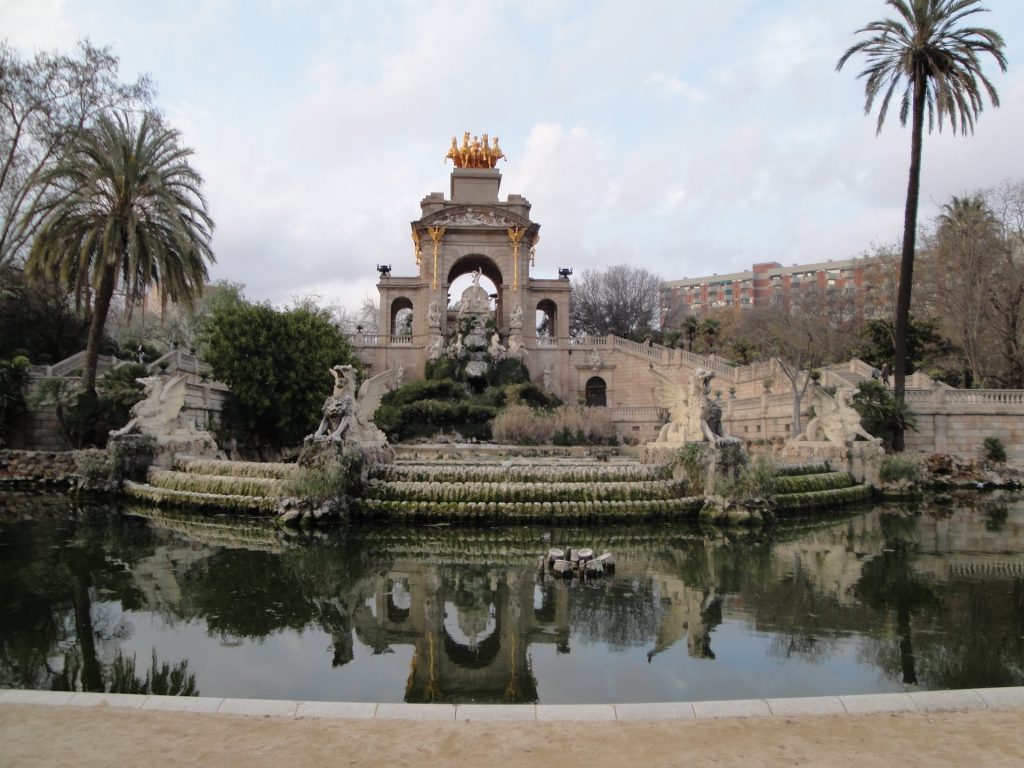
Cascada Fountain at Parc de la Ciutadella is one of Gaudí’s very first projects. It is located in one of Barcelona’s most famous parks with the Zoo and fabulous beaches nearby. The Picasso museum is just 5 minutes’ walk away.
Read More:
All you should know before traveling to Barcelona with kids
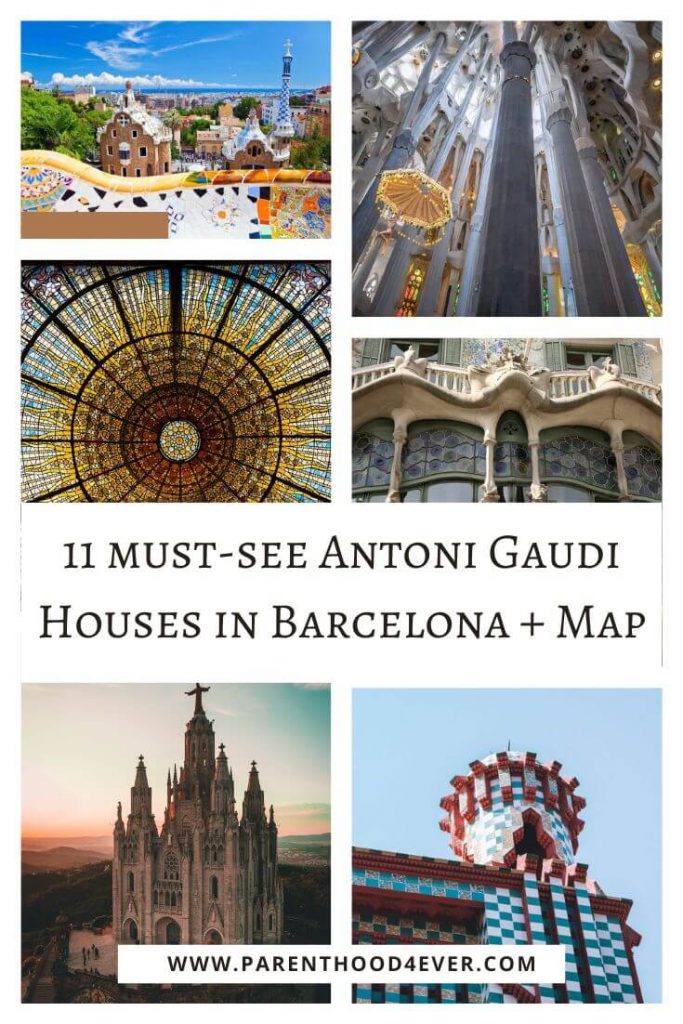
In this project, Gaudi, however, assisted the famous Spanish architect, Josep Fontseré, in 1881. It was designed specifically for the universal exhibition in 1888. The inspiration for the Cascada was the famous Trevi Fountain in Rome, Italy.
It is a free entrance. We enjoyed having a picnic there, and visiting the nearby zoo.
La Sagrada Familia (1882-1926)
Address: Carrer de Mallorca, 401, Barcelona
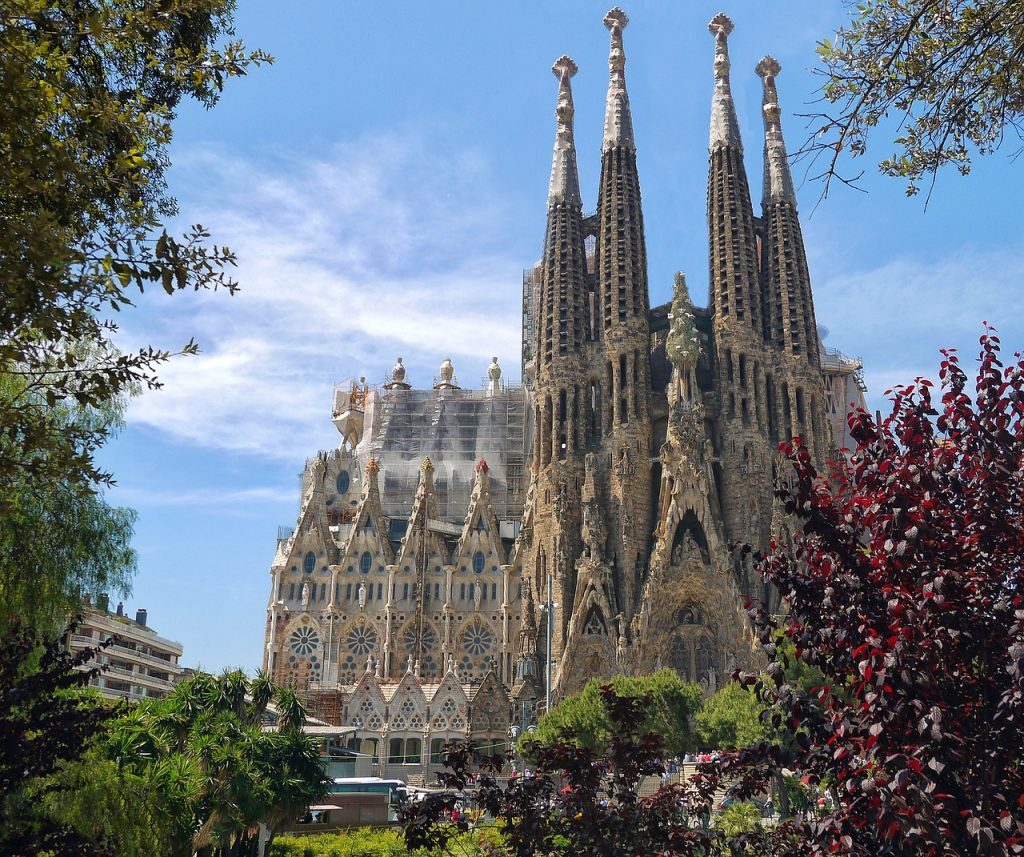
So many things were said about Sagrada Familia. By far, it was one of the most magnificent architectural designs to be implemented in real life, and of course, one of the greatest Gaudi houses in Barcelona.
The Basilica’s Gothic Revival floor plan had already been built by Francisco de Paula del Villar when Antoni Gaudi took over. It is the finest expression of Gaudi’s geometrical and structural approaches.
The building is crowned by 18 towers reaching between 100 and 170 metres high: twelve towers represent the apostles, four the Evangelists and two, the highest of all, are planned to be dedicated to Mary and Jesus.
In short, when designing the church, Gaudi tried to solve one major problem: how to connect people with nature. This is why apart from all the religious episodes you observe in the Basilica, you will see that inside the main basilica’s hall Gaudi recreated the forest. Those enormous columns represent tree trunks. The walls are covered with leaves, plants and ladybugs, but the most incredible creation of Gaudi was the light entering the church. He put all the effort in designing the windows the way that the hall was covered in rainbows.
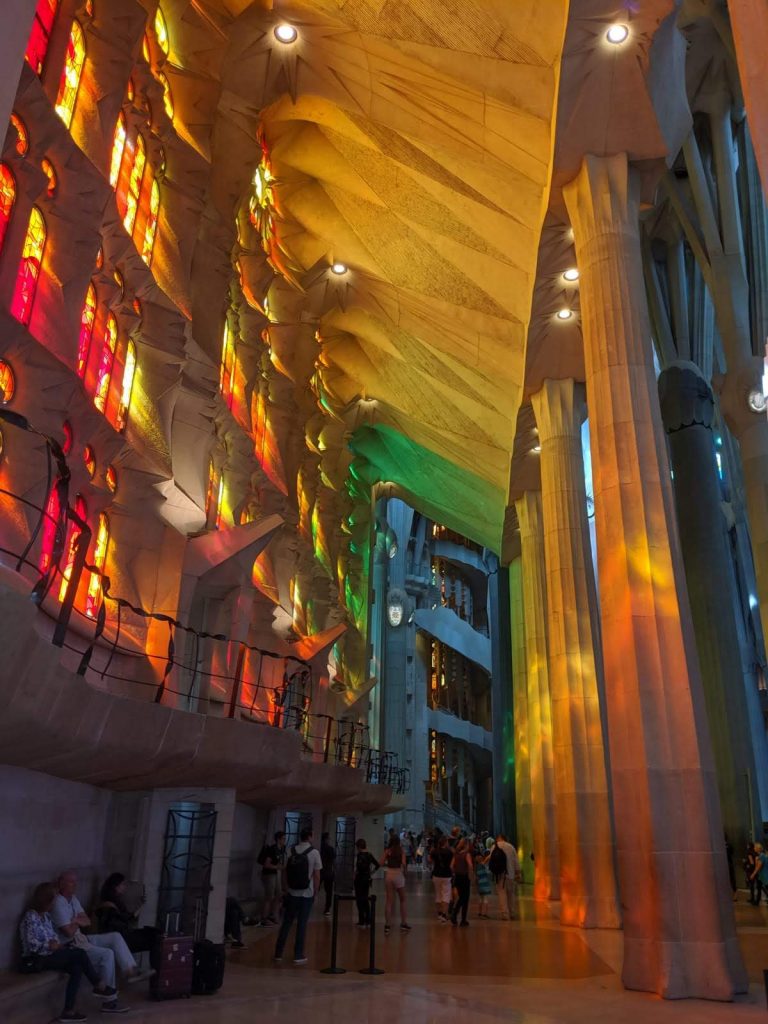
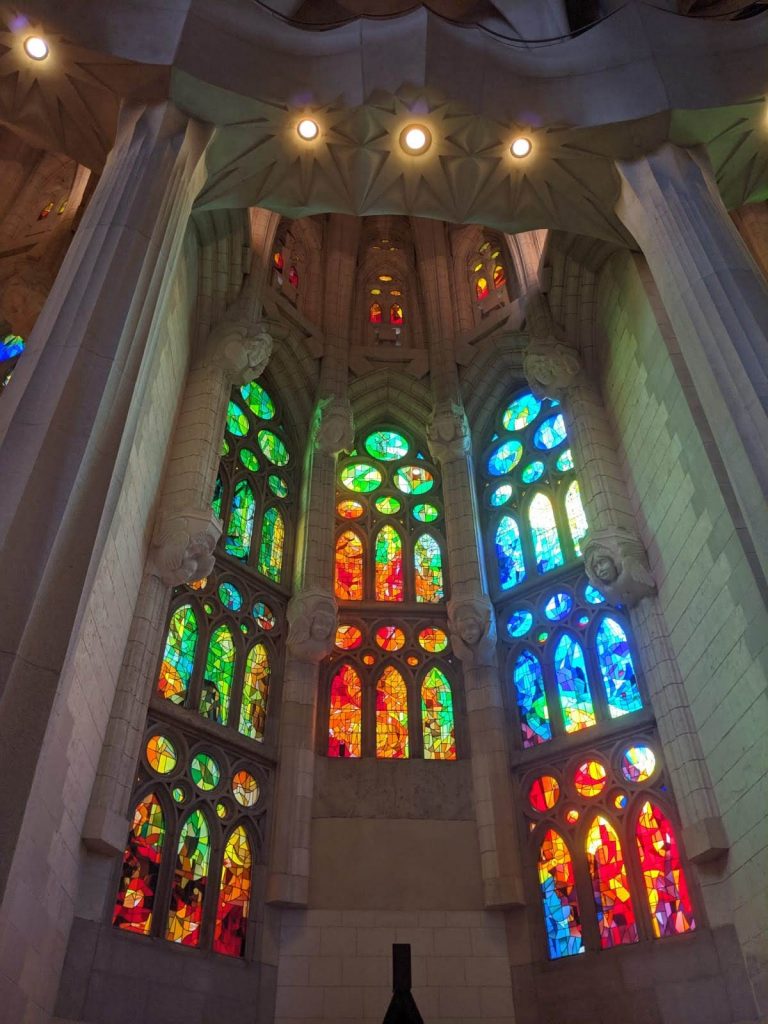
Honestly, it is a drop in the ocean. There is so much information about the church that there are books (not tiny pamphlets) devoted to this topic.
One extremely important tip: Prepare and book online your ticket if you wish to visit La Sagrada Familia. Normally, all tickets are sold out one week in advance, and if you want to climb up to the towers, you shall book the tickets 15 days in advance.

The majority of tourists get a bundle ticket combined with Park Guell and other amazing attractions.
Also, check here how to avoid the queues and crowds in Sagrada Familia, including six important things you must know when you pre-book the ticket.
Casa Vicens (1883-1888)
Address: Carrer de les Carolines, 18-24, Barcelona
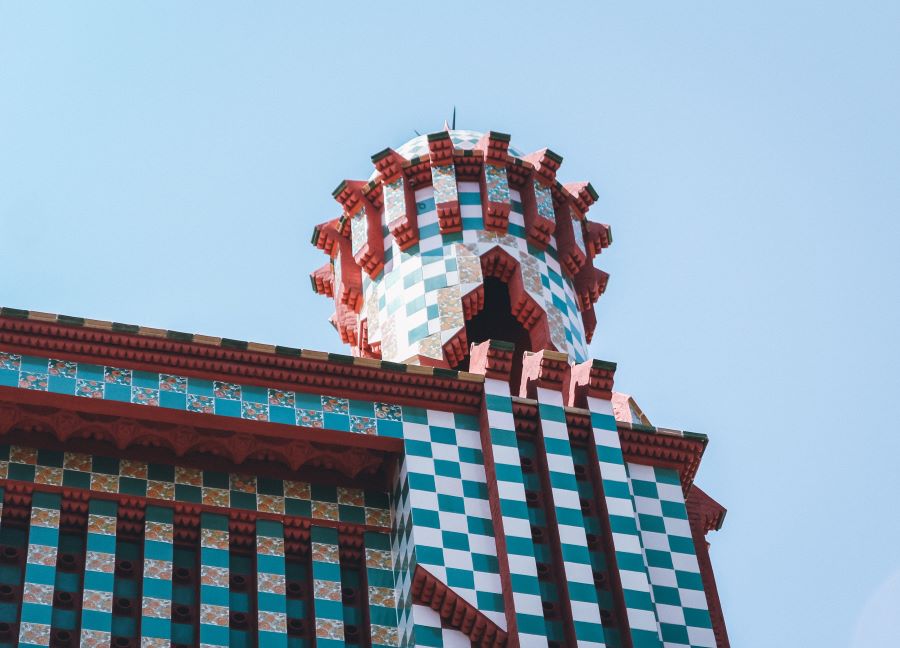
Casa Vicens was the very first residential project of Antoni Gaudi. He designed it being influenced by medieval and Arabic motifs. This is why lots of rooms look very colourful. Already then, Gaudi used industrial production methods, for example the tiles and iron railings.
Casa Vicens was designed as a summer residence with gardens for Manuel Vicens. It has a lot of rich ornamentation, colours and geometrical forms.
Park Güell (1900-1914)
Address: Carrer d’Olot, s/n, Barcelona

Other peculiarly stunning Gaudi houses in Barcelona are located in the Park Güell. The Park Güell is a public park system composed of gardens and architectural elements. It was initially supposed to be a private garden city with 60 building plots, but in the end just three were sold. One of the buildings was bought by Gaudi himself.
This enormous park is totally free of charge. We took at least three hours walking around. First, we climbed up all the way to La Casa Trias and Mirador de Joan Sales/ Mirador del Virolai viewpoints. It is not that far, but probably in this case, you will need a carrier instead of a buggy. By the way, all buggies can be left in the storage room when entering the park. These viewpoints have amazing views of Barcelona.
There are various Gaudi’s houses, columns, gardens, and street musicians. It is also a great place to have a picnic.
If you go around you will see the entrance to Güell’s Park, probably with a massive queue to it. But did you know that this is not the only entrance?
Check this article on how to avoid queues and enjoy secret entrances.
Palau Güell (1886-1890), Barcelona
Address: Carrer Nou de la Rambla, 3-5, Barcelona
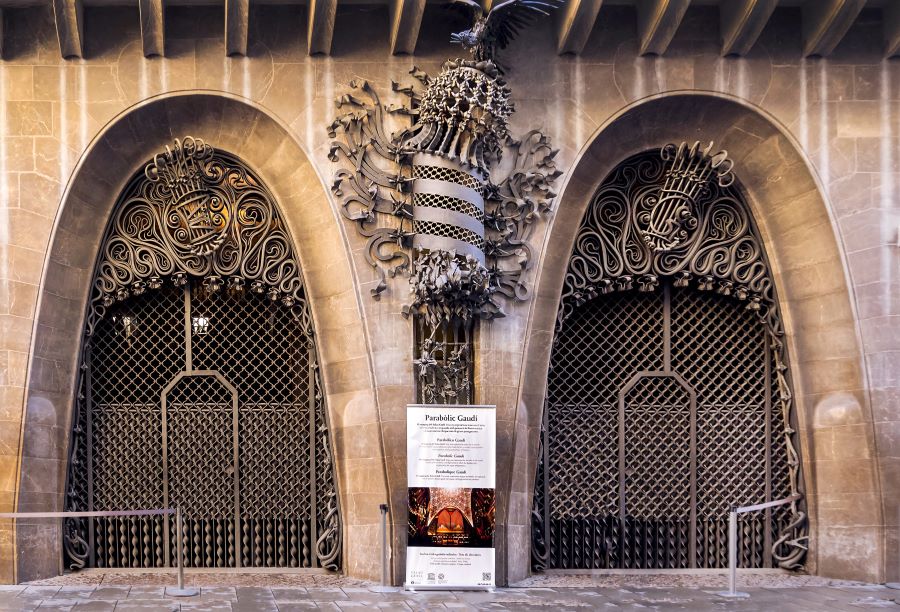
You will be passing the Guell Palace on your way from the Mercado de La Boqueria to Mirador de Colom, in Las Ramblas.
Eusebi Güell contracted Antoni Gaudi to design his family residence for the World’s Fair in 1888. He was planning to hold many receptions there.
This was the first time Gaudi presented ventilation towers and chimneys as sculptural elements faced with trencadis technique, which is basically broken mosaic tiles. This unique technique he used later for Casa Batllo and Casa Mila (La Pedrera).
Church at Colònia Güell/ Gaudi’s Crypt (1890-1917)
Address: Carretera de Sant Boi de Llobregat a Sant Vicenç dels Horts, Santa Coloma de Cervelló, Barcelona
This is an unfinished masterpiece of Gaudi. But Gaudi took a lot of risk and experimented with the structures a lot, this is why lots of tourists visit this church every year.
It is located at Eusebi Guell’s model textile village, not so far from the city centre. It takes about 50 minutes by metro and train, or feel free to get a 20-minute ride there. It is worth seeing!
For this building, Gaudi researched and made an innovative architectural projection device, a large poly funicular model constructed using fabric, cord and small weights. The model enabled him to deduce architectural forms dictated by the static behaviour of the building. He used the same model in the construction of Sagrada Família.
Casa Batllo (1904-1906)
Address: Passeig de Gràcia, 43, Barcelona
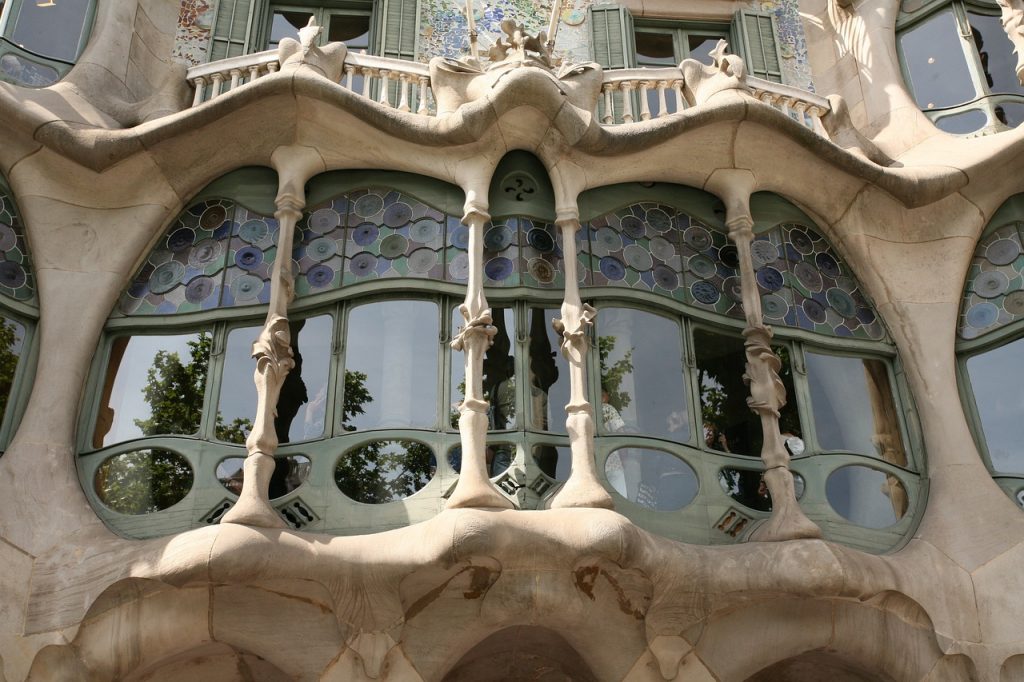
Casa Battló is considered one of the masterpieces of Antoni Gaudi, and one of the most peculiarly looking Gaudi houses in Barcelona. It was first redesigned in 1904 and then refurbished several times. Batllo family, who was very well-known for its contribution to the textile industry back in the days, bought the house in 1900. Nobody wanted it because of its poor design, but Joseph Batllo liked the central location.
He hired Antoni Gaudi to come up with a risky plan for his property. So, he asked him to tear down the building to construct a completely new one. But Gaudi convinced Batllo that redesign was enough. In two years, the house was completed. The main apartment which became the residence, façade, and floors have been changed.
The Batllo family lived in the building until 1954 when it was acquired by the bank and rented out for office use. In 1993, it was purchased by the current homeowners who started to hire out its facilities for different events. The house became very popular due to its location and hosted a lot of important events.
Design
The building looks gorgeous and mystical at the same time. We came there in the late evening and it was well-illuminated. I suggest visiting it in the evening, so you can see the beauty of illumination.
Locals call this building House of Bones (Casa dels Ossos) because it has a visceral and skeletal organic quality. You will absolutely admire the ground floor with its irregular oval windows and flowing sculpted stonework. The loft is considered to be one of the mystical constructions too. It contains a series of sixty white Catenary arches that creates a space which represents the ribcage of an animal. But many people believe that this design represents a ribcage for the dragon’s spine, just as on the roof. What about the roof?
The façade of the building is breath-taking. It is decorated with a colourful mosaic made of broken ceramic tiles, exactly how Gaudi liked it to be. He also played with shades starting with golden orange and finishing with greenish blues. If you look at the balconies starting from the second floor, you will see balconies with huge mouths. The roof is arched and was likened to the back of a dragon or dinosaur.
Present Days
Casa Batllo is located on the Passeig de Gràcia, which is one of Barcelona’s most famous streets because of its vibrant shopping scene and outstanding Modernist buildings.
At present, Casa Batlló is a UNESCO World Heritage site and an icon in Barcelona, a must see for those who want to discover Gaudí’s work and modernism at its finest. It is also one of the most highly rated cultural and tourist attractions, welcoming one million visitors every year.
It works every day from 9 am to 8 pm with last admission at 7 pm. You will need an hour to visit the house.
Save up to €2 booking your ticket online. Kids under the age of seven enter for free.
Casa Mila/ La Pedrera (1906-1912)
Address: Passeig de Gràcia, 92, Barcelona
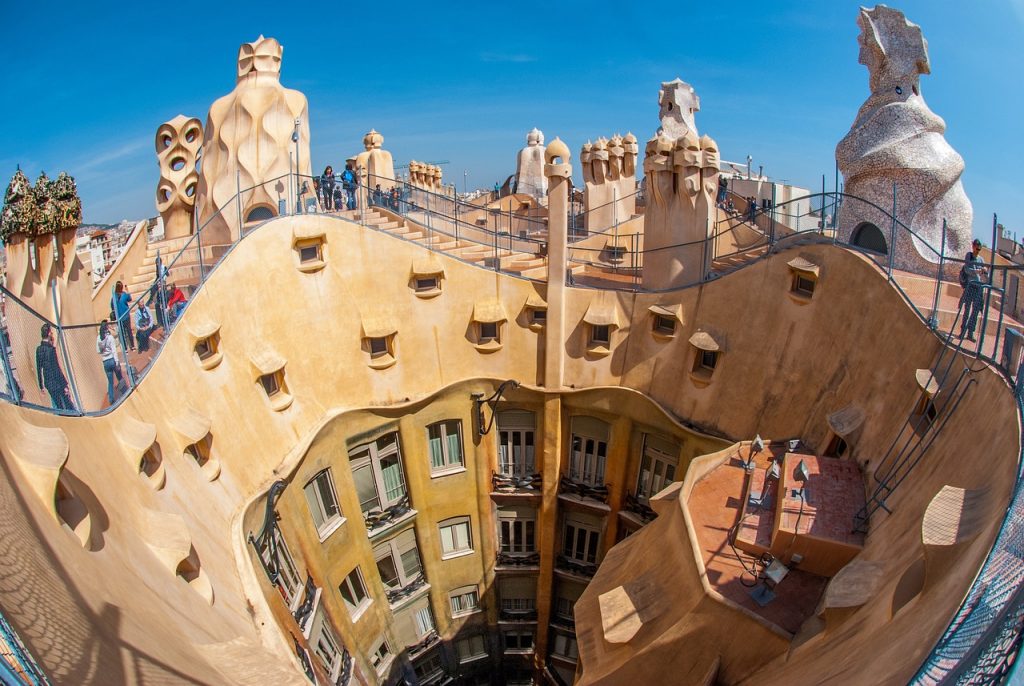
Casa Mila that is also well-known as La Pedrera, nickname that refers ironically to the external aspect, very similar to that of an open quarry, represent the level of maturity of the architect Antoni Gaudi. It is also his last civil work which is considered to be one of magnificent Gaudi houses in Barcelona.
Casa Mila/ La Pedrera is the most innovative building of Gaudi, both for structural design and for decorative elements. The roof follows the rules used at the Palau Güell and Casa Batlló.
At the moment, the writer Ana Viladomiu is the only resident living in La Pedrera. The rest of the house is opened to million tourists. House hosts numerous activities and workshops. It works every day from 9 am to 8:30 pm and starts its night tours from 9 pm to 11 pm.
The pavilions at Finca Güell (1884-1887), Barcelona
Pavellons Güell, or Güell Pavilions, is a complex of buildings in the neighborhood of Pedralbes. It is about 25-minute ride by green metro line L3 from Placa Catalunya. You have to get out on Palau Reial in the direction of Zona Universitaria.
Guell Pavilions are one of the first works of Antoni Gaudi for his great patron, Eusebi Guell. Gaudi resolved the structure of the pavilions from roundabouts and parabolic arches, using the brick as a basic building material with rich arabizing decoration.
Torre de Bellesguard (1900-1909)
Address: Carrer de Bellesguard, 16, Barcelona
Torre de Bellesguard that is also known as Casa Figueres, is located near CosmoCaixa Science Museum or on your way to fabulous Tibidabo amusement park and city view experience.
Torre de Bellesguard has a histroy behind it, it was the place where the last king of the Catalan dynasty lived, so Gaudi decided to bring medieval spirit into construction.
Or if you go to Barcelona only for a few days, book this Barcelona Express Card for 2 days and get free public transport, including discounts at museums, cultural venues, leisure facilities, nightclubs, shops, restaurants, and lots more.
Casa Calvet (1898-1900)
Casa Calvet was designed for a textile manufacturer. It is a commercial building with rented apartments. Casa Calvet is also one of the most interesting Gaudi houses in Barcelona that has influences from neoclassicism and Baroque styles.
Barcelona City Council awarded Casa Calvet a prize as the best building of 1900.
Enjoy the most incredible Gaudi houses in Barcelona!
IMPORTANT: We created the Family Store, especially for you. By clicking on the image below you can find anything from Newborn’s First Kit, Baby & Family Essentials, Kids Travel to Travel Gear. We hope you will find something valuable for your own adventures!
Our shop contains products from other companies that we love and use! Everything is based on our values of quality over quantity.
To get more support from parents and family travelers, join our Parenting Support Group.
And follow us on Instagram and Youtube to know about our crazy expat life!
Also, check out:
Welcome to check out our best product selection for parents and babies, including traveling gear and resources here.
This post may contain affiliate links that we may or may not receive a small commission, at no extra cost to you. This helps to fund our blog but we never advertise for anything we don’t personally love or recommend. There is never any pressure to buy anything, we just like sharing things that make our life easier and help you find them if it is something you are looking for. Please, see our full disclosure here.

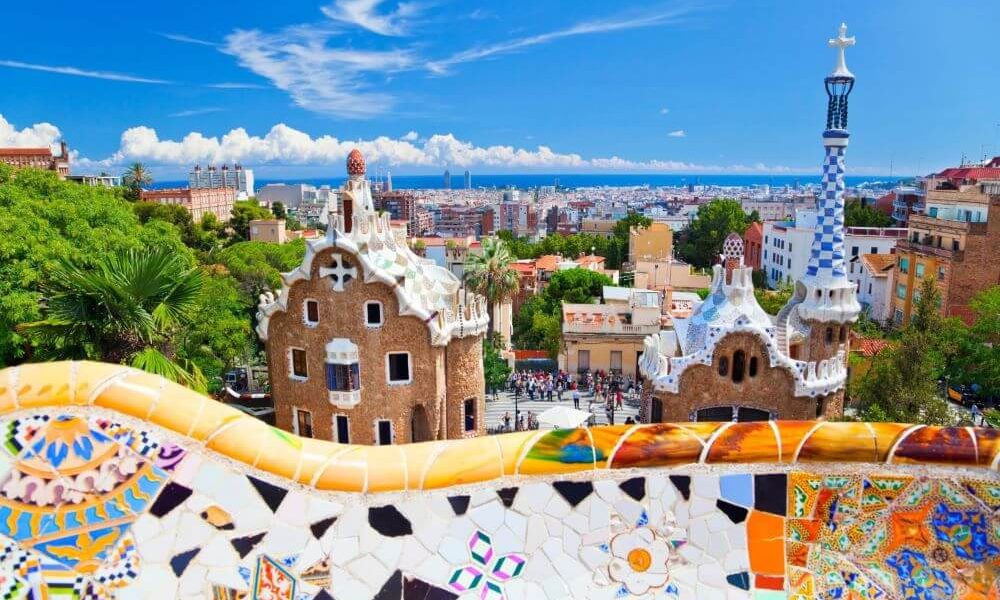

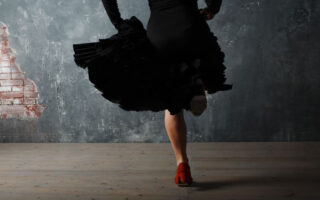
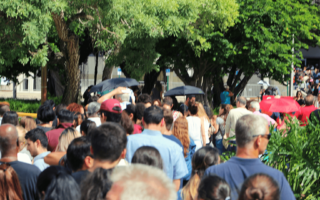
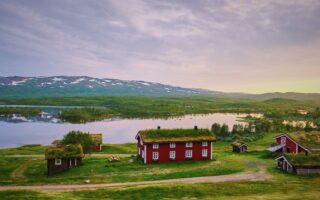
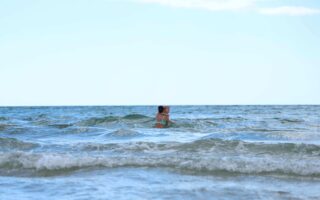
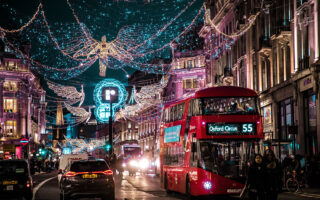
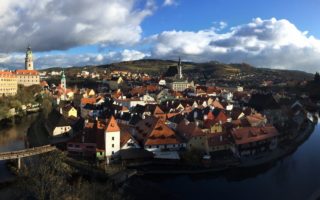



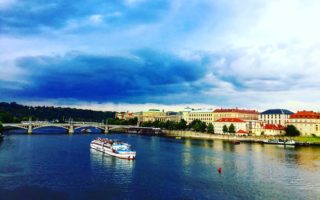
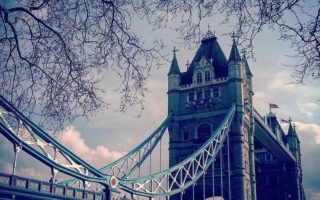
[…] you notice that the top attractions were designed by Antoni Gaudi? Check this blog to visit all the houses of Gaudi, their location, design features, entrance fees and […]